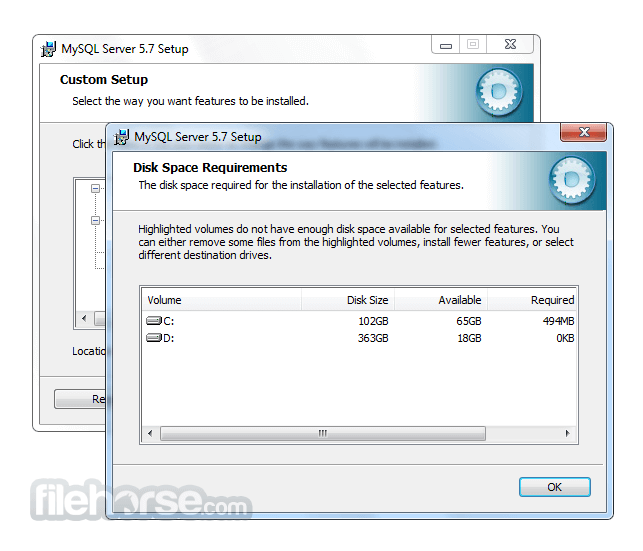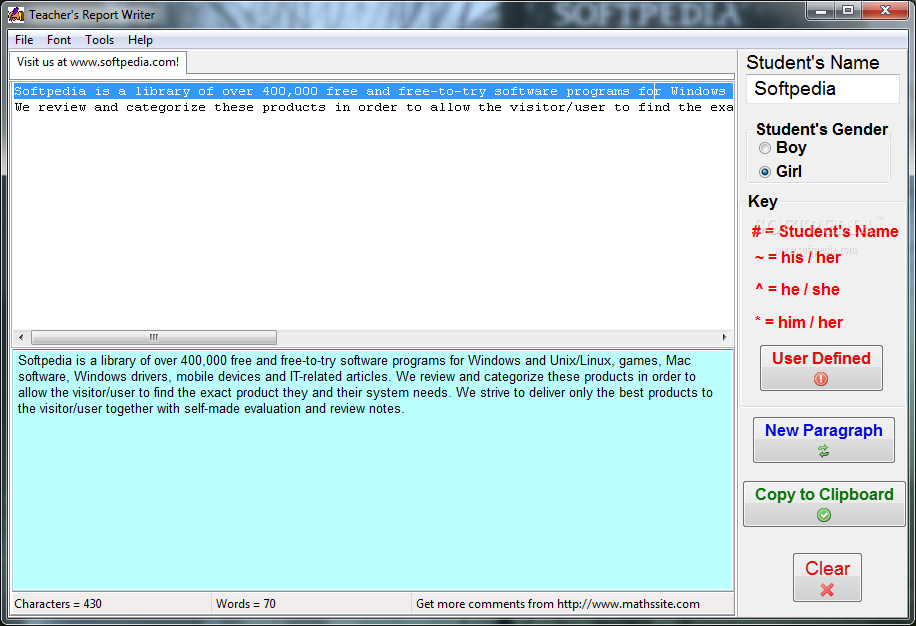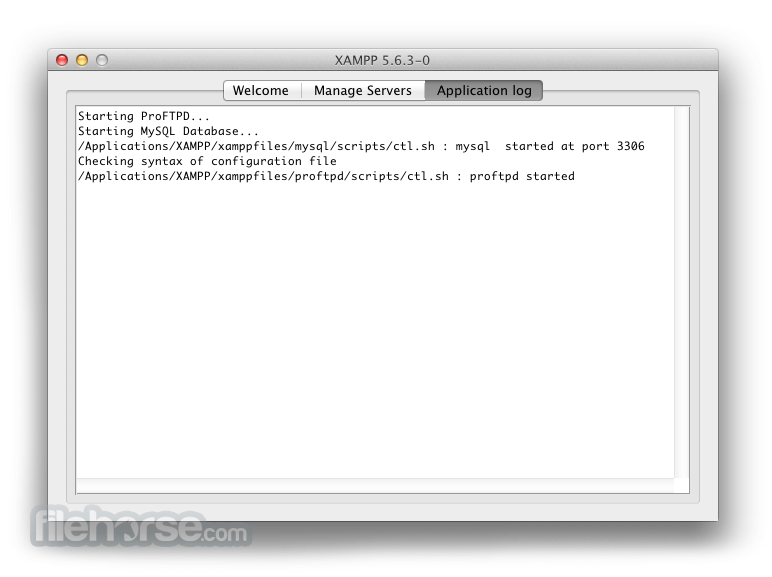Mysql For Mac 5.7

MySQL is a relational database management system. MySQL is the widely used database server in the world. This tutorial helps you to install MySQL database server on macOS Sierra 10.12 and High Sierra 10.13 and other supported versions using Homebrew.
Mysql-5.7.24-macos10.14-x8664.dmg MySQL for Mac is designed for enterprise organizations delivering business critical database applications. It gives corporate developers, DBAs and ISVs an array of new enterprise features to make more productive developing, deploying, and managing industrial strength applications. Mysql.com offers a automatic dmg installer, which I find I have the most success with. It typically installs in /usr/local/mysql so you may want to.
 A software application that allows Teachers to write students reports with ease. Simply the most time saving tool a teacher can have!!! Report Writer can be used for a single teacher to write. Colleagues liked it and spread the word. Today, this free online school report writing software is used by teachers in 170 countries (source: Google Analytics). What features does this app offer teachers? Our teacher report writing app minimises typing, prevents mistakes and works in any browser on a PC, iPAD or Mac. Report Writer 1.1.3 - Aid for teachers. Download the latest versions of the best Mac apps at safe and trusted MacUpdate.
A software application that allows Teachers to write students reports with ease. Simply the most time saving tool a teacher can have!!! Report Writer can be used for a single teacher to write. Colleagues liked it and spread the word. Today, this free online school report writing software is used by teachers in 170 countries (source: Google Analytics). What features does this app offer teachers? Our teacher report writing app minimises typing, prevents mistakes and works in any browser on a PC, iPAD or Mac. Report Writer 1.1.3 - Aid for teachers. Download the latest versions of the best Mac apps at safe and trusted MacUpdate.
Step 1 – Prerequisites
Before starting the installation of MySQL using this tutorial you must have the following prerequisites
- Terminal: You must have Mac Terminal access and little knowledge about working with the terminal application.
- Homebrew: Homebrew is a popular package management tools used for installing most open source software like Node. Here is the Homebrew installation tutorial
Step 2 – Install MySQL on macOS
At this time of writing this tutorial, Homebrew has MySQL 5.7.21 version in its main repository. Start a terminal and run command to install MySQL:
Wait for the installation process finish. Now you just need to configure things so that your MySQL server is auto-started
Also, you have to set a strong password for the MySQL root account. Use the following command to set a new password. Make sure to use a strong password.
Step 3 – MySQL Configuration
MySQL server has been installed on your system. The binary files are installed under /usr/local/bin directory and all the MySQL related files are created under “/usr/local/var/mysql” directory. The main confiugration file is created at:
You can use above file to customize your MySQL server. Frameforge help. Now, Connect to MySQL server using the command:
Step 4 – Manage MySQL Service
There are mysql.server command available under /usr/local/bin directory, which is used to manage MySQL service. You can use mysql.server command with options status, stop, start, or restart MySQL service on your system.

All done. You have running MySQL server on your system. What next? Visit our MySQL tutorial section to create and manage databases from the command line.